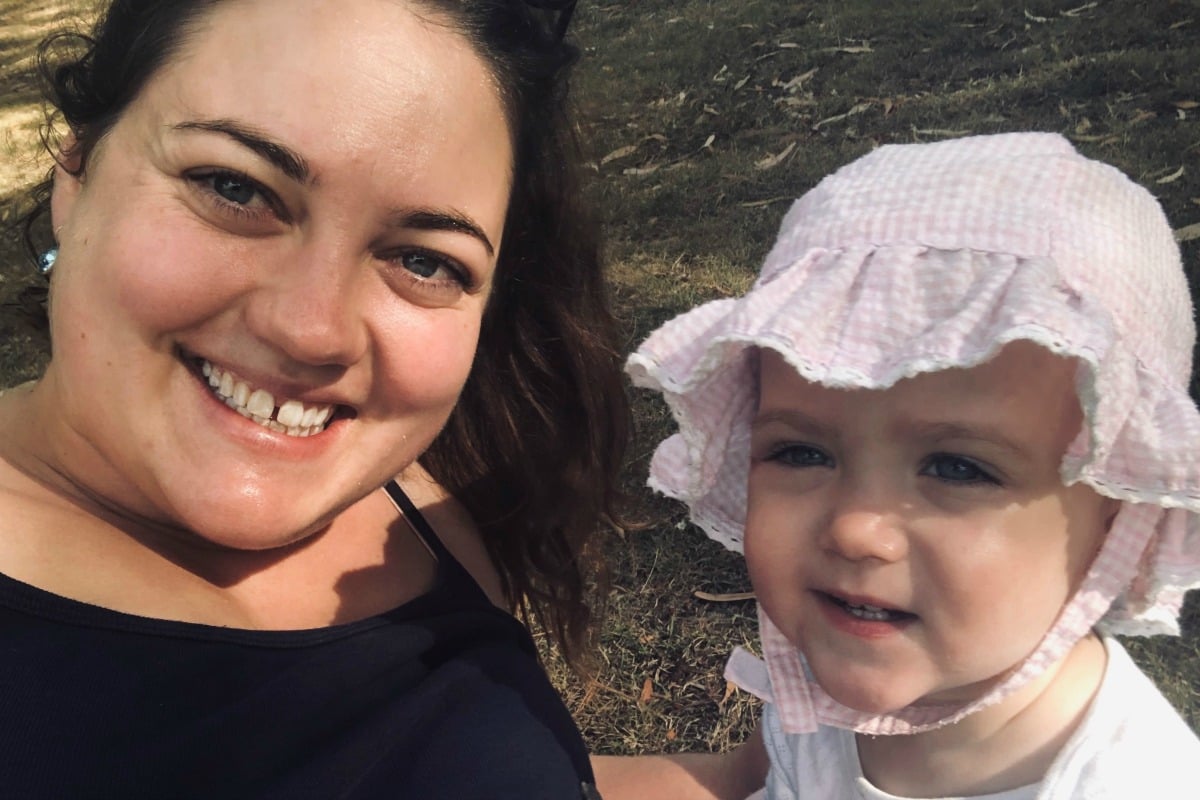
I was 31.4 weeks pregnant when I was told that I would have to deliver my baby in a matter of days. It shattered my world. My dreams of having a long and healthy pregnancy were dashed.
Much as I cried and protested, worried about my baby’s fate and mourned a pregnancy ending too soon, the reality was that my baby and I would have died if the pregnancy continued.
It started at week 29 when I noticed my ankles swelled dramatically at work. I checked in with the maternity unit and they told me to only call back if the symptoms persisted. They certainly persisted.
It was a matter of days before I was no longer able to wear my shoes. People started commenting on the appearance of my ankles and feet. My hands started swelling and my face too, all by the end of the working week.
At week 30 at my prenatal appointment, my blood pressure was so high that I was sent straight to hospital. I knew it was serious when the obstetrician said, “let’s hope you don’t have preeclampsia. If you do you’ll get nowhere near your due date.”


